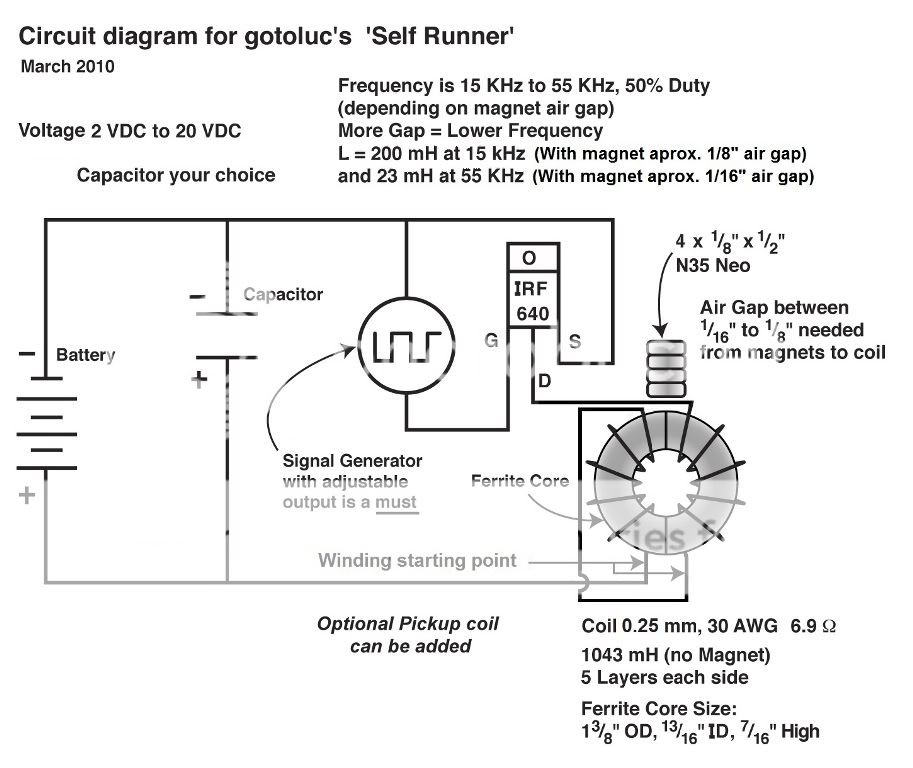getting close
Hey Luc,
That's looking good vids 5 & 6 great (as usual). In Vid #5, you might note that even though you see a voltage spike, it may mean very little because these are Mosfets. What we need to know is what kind of current is flowing because usually driver current is represented in uA. That's what's nice about MOSFETS is that they are charge (field) controlled devices. Because there is capacitance at a MOSFET gate, the driver circuit ends up with the task of sinking power required to present a 'crisp' switching charge at the gate.
So what we need to do is to monitor the gate power dissipated by the driver (pulse generator) at the gate and compare that power to the power charging you cap(s). Then tune accordingly.
I found this pdf on Mosfets and it's pretty good:
http://02d1852.netsolhost.com/plasma/mosfet.pdf
Greg
Hey Luc,
That's looking good vids 5 & 6 great (as usual). In Vid #5, you might note that even though you see a voltage spike, it may mean very little because these are Mosfets. What we need to know is what kind of current is flowing because usually driver current is represented in uA. That's what's nice about MOSFETS is that they are charge (field) controlled devices. Because there is capacitance at a MOSFET gate, the driver circuit ends up with the task of sinking power required to present a 'crisp' switching charge at the gate.
So what we need to do is to monitor the gate power dissipated by the driver (pulse generator) at the gate and compare that power to the power charging you cap(s). Then tune accordingly.
I found this pdf on Mosfets and it's pretty good:
http://02d1852.netsolhost.com/plasma/mosfet.pdf
Greg



Comment